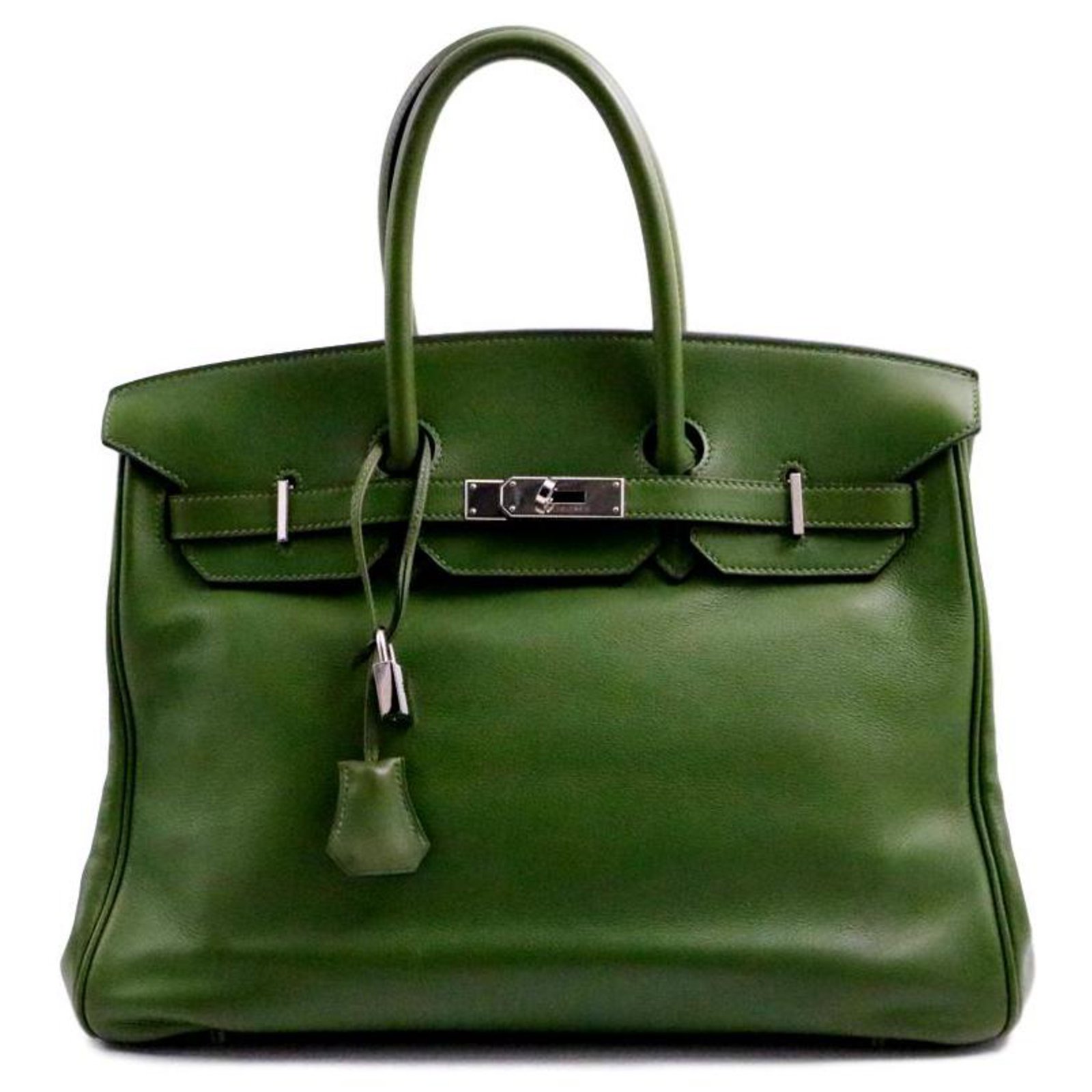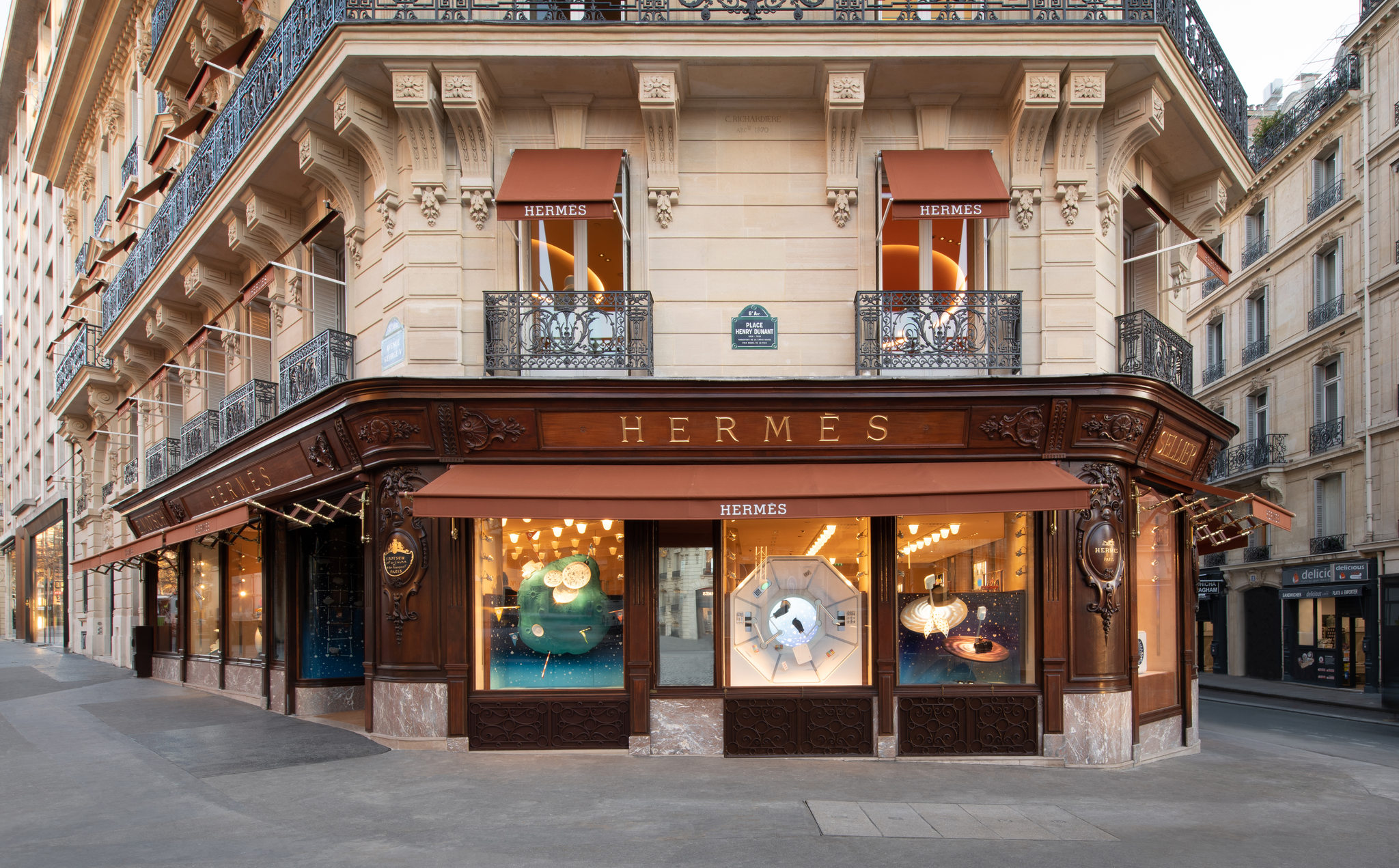Hermès: The Legacy and Success Behind the World’s Most Iconic Leather Brand"
Hermès has become synonymous with luxury, craftsmanship, and exclusivity. Known for its iconic leather products, from the timeless Birkin bag to leather accessories, Hermès has maintained its prestige and demand for over a century. This article takes a closer look at Hermès' journey, its commitment to craftsmanship, and the factors that have driven its success and continued growth in the luxury leather goods market.
1. The Beginnings of Hermès: Founded in 1837 by Thierry Hermès as a harness workshop in Paris, the brand initially catered to the European elite, providing high-quality harnesses and saddlery. Over time, Hermès expanded to include luxury leather bags and accessories, carving its path as an emblem of quality and elegance.
2. Uncompromising Craftsmanship and Quality: What sets Hermès apart is its commitment to craftsmanship. Each piece is made by a single artisan from start to finish, ensuring unparalleled quality and attention to detail. Hermès uses the highest quality leather, often tanned in-house, to create its products, contributing to their durability and luxury appeal. This dedication to quality has built a loyal clientele willing to invest in Hermès products, knowing they’re not just buying fashion but a piece of heritage.
3. Iconic Products That Shaped the Brand:
- The Birkin Bag: Introduced in the 1980s, the Birkin bag quickly became a status symbol, representing wealth, exclusivity, and refined taste. With long waitlists, the Birkin bag’s scarcity has only added to its allure.
- Kelly Bag: Named after actress and princess Grace Kelly, this structured leather handbag embodies elegance and sophistication, making it one of the most desired luxury items in the world.
- Leather Accessories and Scarves: Hermès also offers high-quality leather belts, wallets, and bracelets, each crafted with the same attention to detail as its bags, furthering its reputation as a leather powerhouse.
4. Brand Strategy: Exclusivity and Timelessness: Hermès is highly selective in its production, choosing quality over quantity, which helps maintain its reputation for exclusivity. This strategy, coupled with timeless designs that don’t conform to fast fashion trends, allows Hermès products to retain or even increase in value over time.
5. The Role of Sustainability: In recent years, Hermès has taken steps to ensure that its leather sourcing and production methods are more sustainable, responding to the growing demand for responsible luxury. The brand invests in leather farms that adhere to strict ethical standards and emphasizes quality over mass production, contributing to the brand’s image as a responsible luxury leader.
6. Challenges and Continued Growth: Despite challenges from evolving fashion trends and the rise of vegan alternatives, Hermès has continued to thrive. By maintaining its dedication to quality and authenticity, Hermès has cultivated a reputation that few can rival. Its ability to adapt to the modern market while preserving traditional craftsmanship has secured Hermès' place as one of the most successful leather brands worldwide.
Conclusion: Hermès' success is a testament to the enduring appeal of quality, heritage, and exclusivity. By focusing on unparalleled craftsmanship, timeless designs, and an uncompromising commitment to quality, Hermès has not only sustained its legacy but also adapted to the needs of modern luxury consumers. In an ever-evolving market, Hermès remains the benchmark of excellence in leather goods.



Comentarios
Publicar un comentario